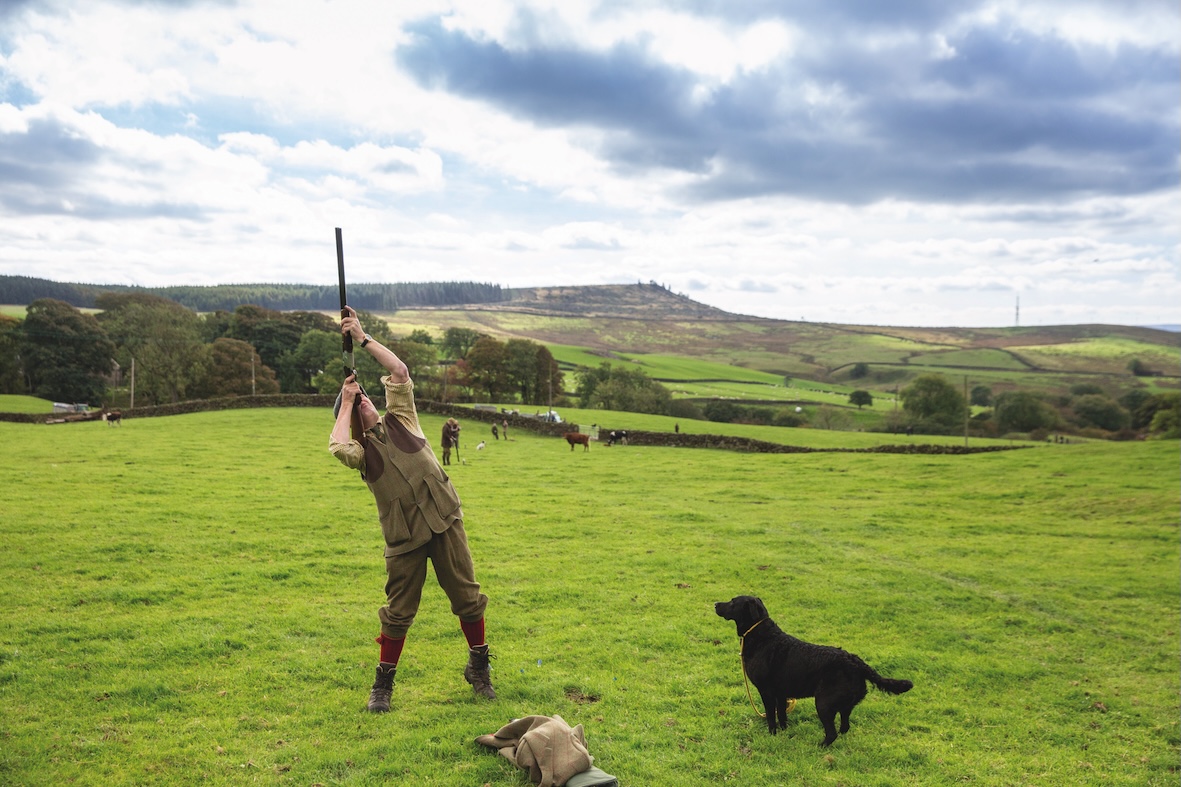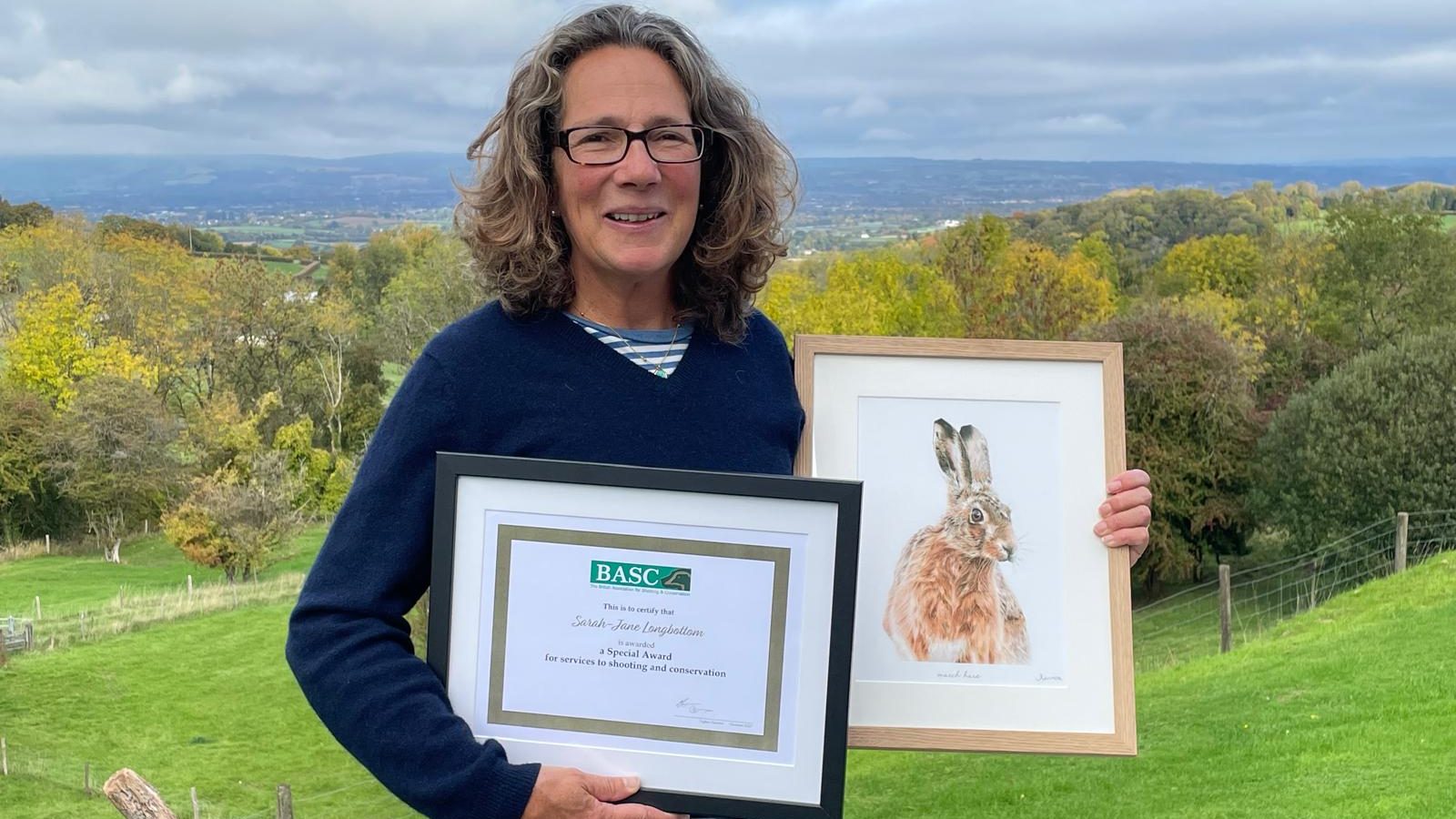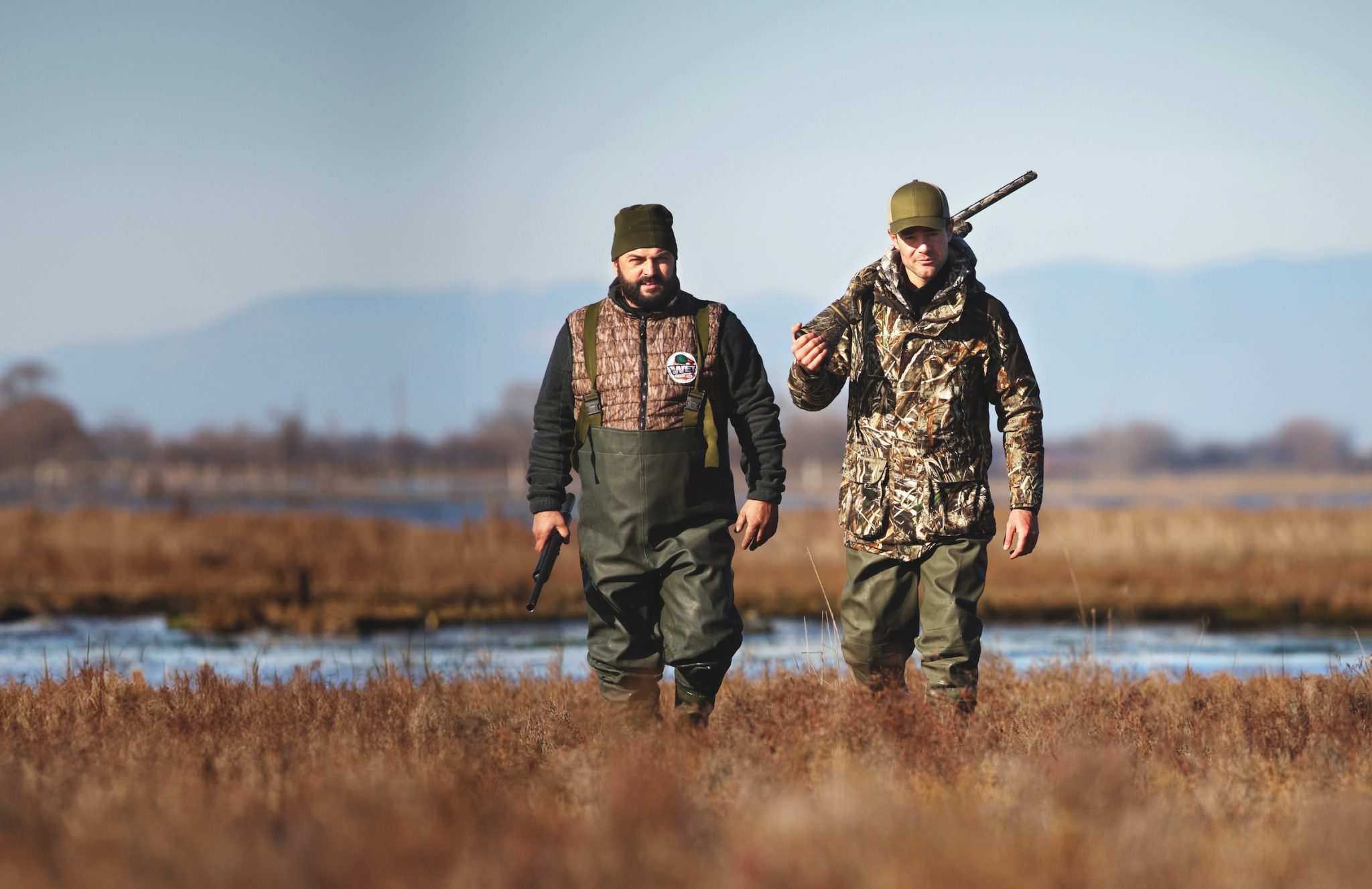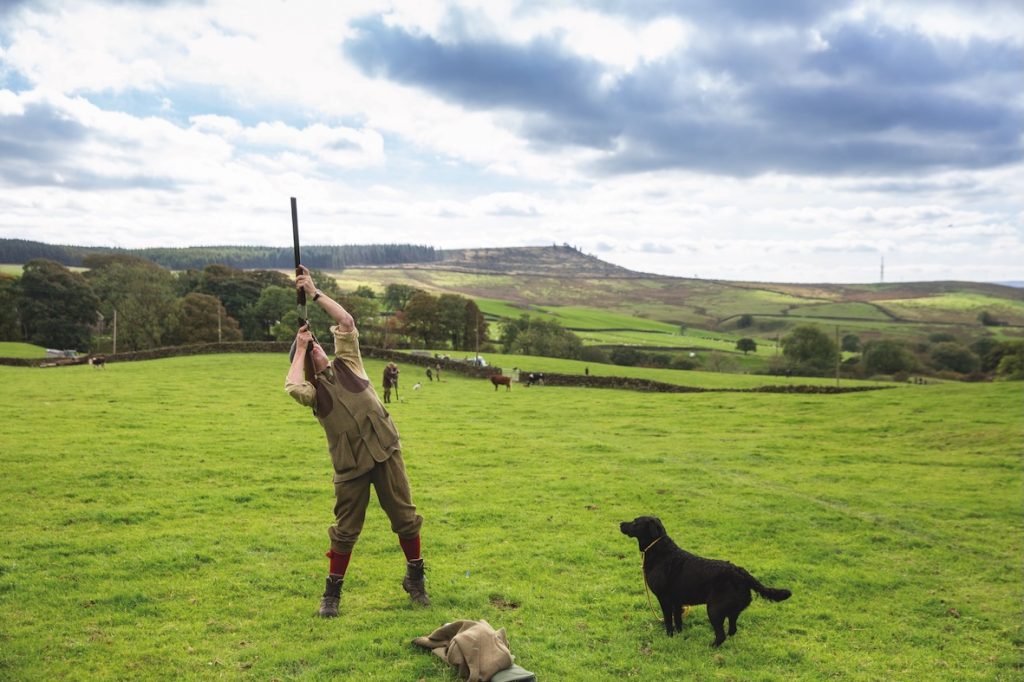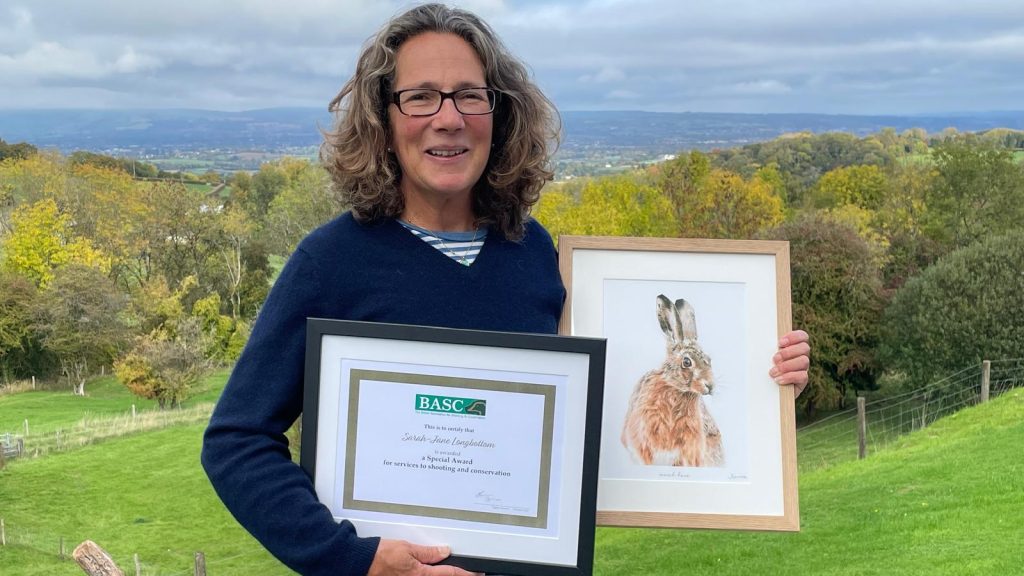Win CENS ProFlex DX5 earplugs worth £1,149 – enter here
Curlew could vanish from Wales in under a decade
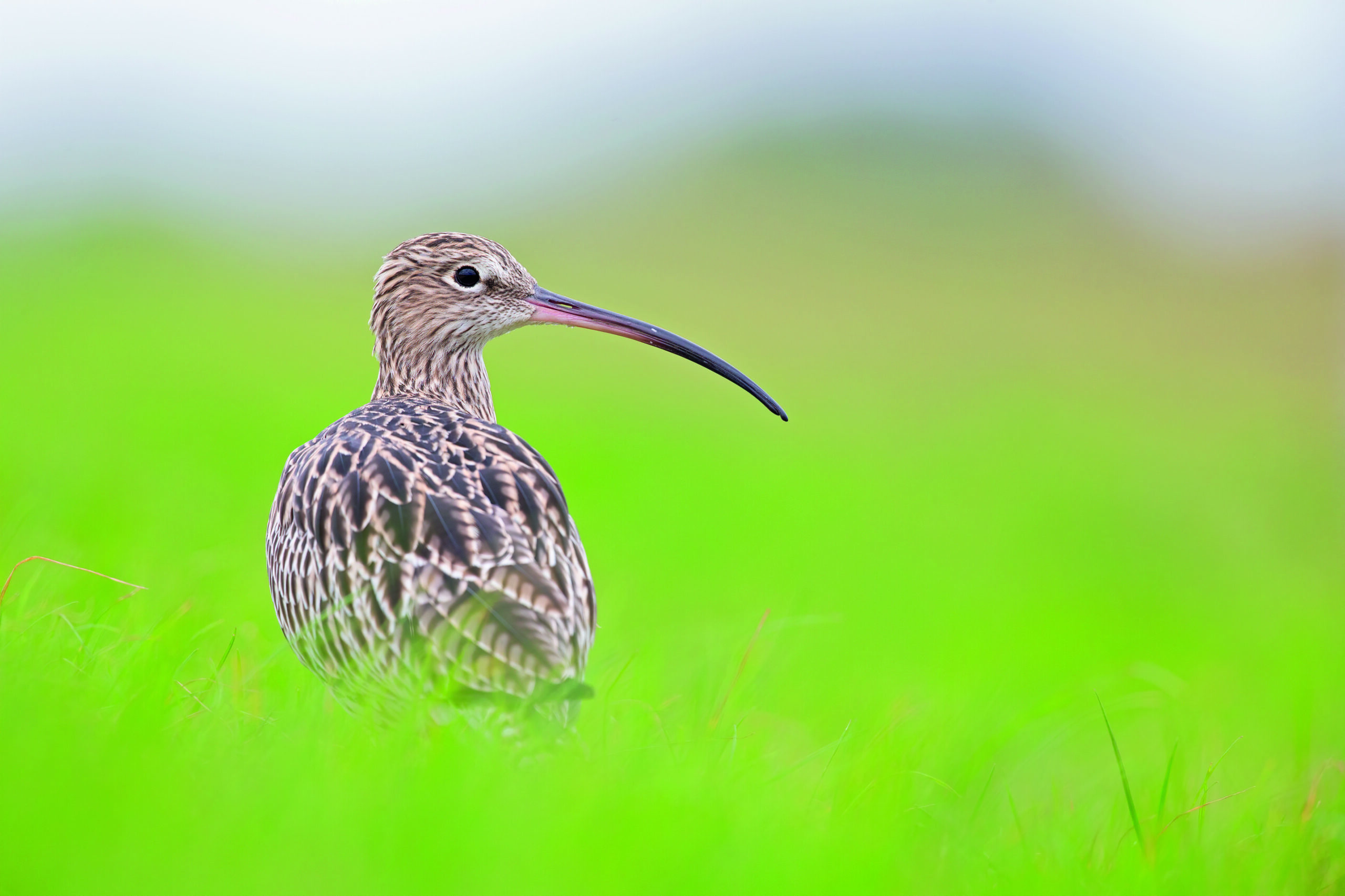 A portrait of a curlew resting in a meadow during bird migration.
A portrait of a curlew resting in a meadow during bird migration.
Drones have been scanning Welsh wetlands as researchers try to find curlew nests to save the upland wader from extinction.
Thermal-imaging drones spot heat from nests hidden in deep grass and bogs. Locating breeding sites helps researchers understand the distribution and breeding success of remaining curlew. Experts warn that the Eurasian curlew could disappear from Wales as a “viable breeding species” by 2033 if a 6% annual decline continues.
In 2022 Natural Resources Wales fitted 15 curlew with GPS tags, giving researchers a real-time view of their migration from across Europe to important breeding and wintering areas in Wales.
Nick Palmer, the founder of wildlife management and predator control firm AgriPest, has been using the thermal drones for years to conduct surveys of ground-nesting birds.
He told ST: “Thermal drones are revolutionising how we as wildlife management specialists track, locate and record a variety of wildlife species. Thermal drones can be used to identify the heat produced by the ground-nesting birds and their eggs from a safe distance, minimising disturbance to the wildlife below.
“This information can then be utilised to preserve nesting sites using fencing or other protective measures.”
Related Articles
Get the latest news delivered direct to your door
Subscribe to Shooting Times & Country
Discover the ultimate companion for field sports enthusiasts with Shooting Times & Country Magazine, the UK’s leading weekly publication that has been at the forefront of shooting culture since 1882. Subscribers gain access to expert tips, comprehensive gear reviews, seasonal advice and a vibrant community of like-minded shooters.
Save on shop price when you subscribe with weekly issues featuring in-depth articles on gundog training, exclusive member offers and access to the digital back issue library. A Shooting Times & Country subscription is more than a magazine, don’t just read about the countryside; immerse yourself in its most authoritative and engaging publication.



